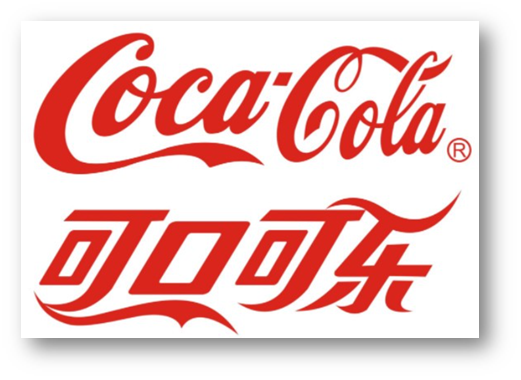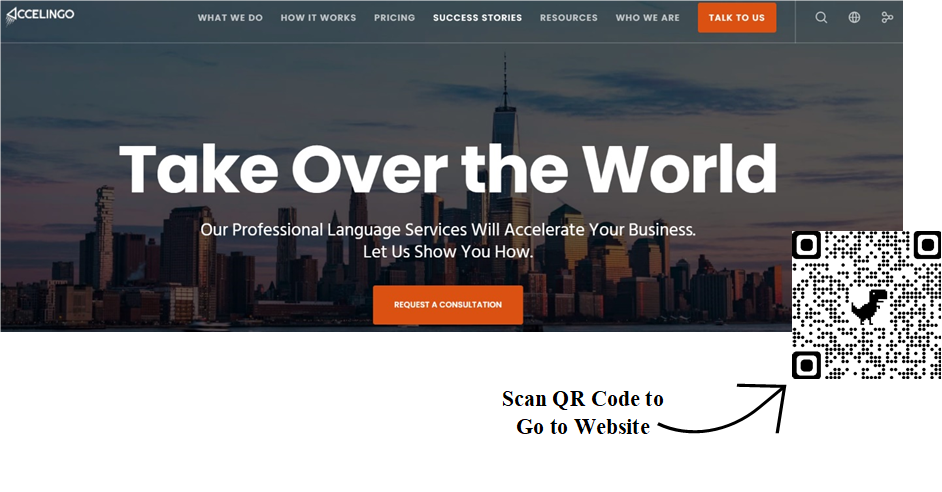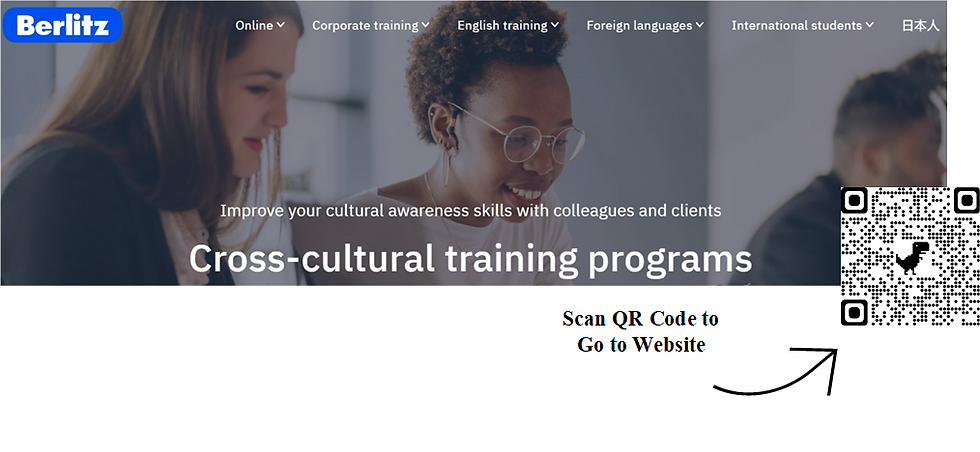Language Barriers Create a Challenge, Even for the Larger Companies.
- Lucinda Kittel

- Sep 20, 2021
- 3 min read

For any business owner, having a great understanding for how language is used by the people within their target market is integral for the success of their international marketing strategy. This is because social and cultural influences have a great impact on the personal and psychological processes in consumer and buyer behaviour (1).
When language is spoken about, it tends to revolve around what is most known as spoken language. However, language involves two major elements, spoken and silent. Spoken, being the vocal sounds in patterns that have meaning, whereas silent language involves communication through body language, and is considered to be a very powerful communication tool (1). Perhaps it could be used more, along with spoken language to understanding and gaining empathy with a different culture (1) .
Lack of Common Language or Cultural Understanding is the Cause for Unsuccessful Marketing Outcomes
Confusion, misinterpretation, alienation, and friction are all words used to describe the outcome of companies that lack common language or cultural understanding. Companies are facing the ongoing issue regarding engagement with a language strategy, especially in the instance when launching new marketing communications in a new market. Coca-Cola is a prime example of a company that initially did not acknowledge the language barriers when branding out to China, as the name Coca-Cola in china translated to “Wax-flattened mare”. However, they managed to find a new pronunciation to mean ‘to allow the mouth to be able to rejoice’ (2).

S.W.O.T – Considering the Internal and External Factors
Through the use of a SWOT analysis, we are able to gage an idea around the internal and external factors that are affecting companies like Coca-Cola when it comes to facing language barriers in the context of marketing their products and services internationally. The internal factors are the company’s strengths and weaknesses (3). Whereas the external factors involve the threats and opportunities (3). The SWOT analysis is being used in this context as a way to identify and take advantage of new business opportunities when it comes to breaking down the language barriers.

Using the SWOT analysis, it can be identified that the consequences companies will face include a lack of respect, compromising of productivity and management skills. As the SWOT analysis enables us to understand, there are various opportunities out there for companies to overcome these language barriers and expand their company internationally.
Innovative and Effective Ways of Overcoming Language Barriers – Find Out How
1. Outsource Translation Services to a Third Party
According to Wild Scientific News, Regardless of the size of the enterprise, each entrepreneurship needs developing relationships around the world to empower its position on the market (4). Outsourcing interpreters and translators help to coordinate international transactions (4).

2. Language Training Program
Wild Scientific News states that tailor-made courses are specifically designed to reach the established communication requirements of the organization and appear to be very beneficial (4)

3. Adopting the Role of Inpatriation in Global Staffing
According to Anne – Wil Harzing, inpatriation is an increasingly popular strategy, used to introduce national and cultural diversity into companies’ top management teams (5). The advantages of such a strategy includes a boost in cultural diversity into the HQ operations and providing communication links to the operations and institutions of countries for which they came, and they offer a cost-effective alternative to situations where expatriates are less likely to succeed(5).
Thank You for Reading!

References
(1) Doole Isobel & Lowe Robin et al., 2019. International Marketing Strategy : Analysis, Development and Implementation : Analysis, Development and Implementation,. 8 ed. s.l.:Cengage.
(2)Morse J.S.B., 2009. COCA-COLA, COMMUNICATION, AND CONFUSION. ETC: A Review of General Semantics, 66(2), pp. 162-166.
(3)Queensland Government, 2017. Business Queensland. [Online] Available at: https://www.business.qld.gov.au/starting-business/planning/market-customer-research/swot-analysis/uses [Accessed 22 03 2021].
(4)Grzeszczyk Barbara Kamilla, 2015. Language management in international business.. World Scientific News, pp. 136-159.
(5)Wil Harzing Anne, 2002. Language Management in Multinational Companies. Cross Cultural Management An International Journal, 10(2), pp. 11-19.
Nadine Freitag, 2005. Critical The Impact of Culture on International Marketing Plans and Review of the French Wine Industry. Munich: GRIN Verlag.





Comments